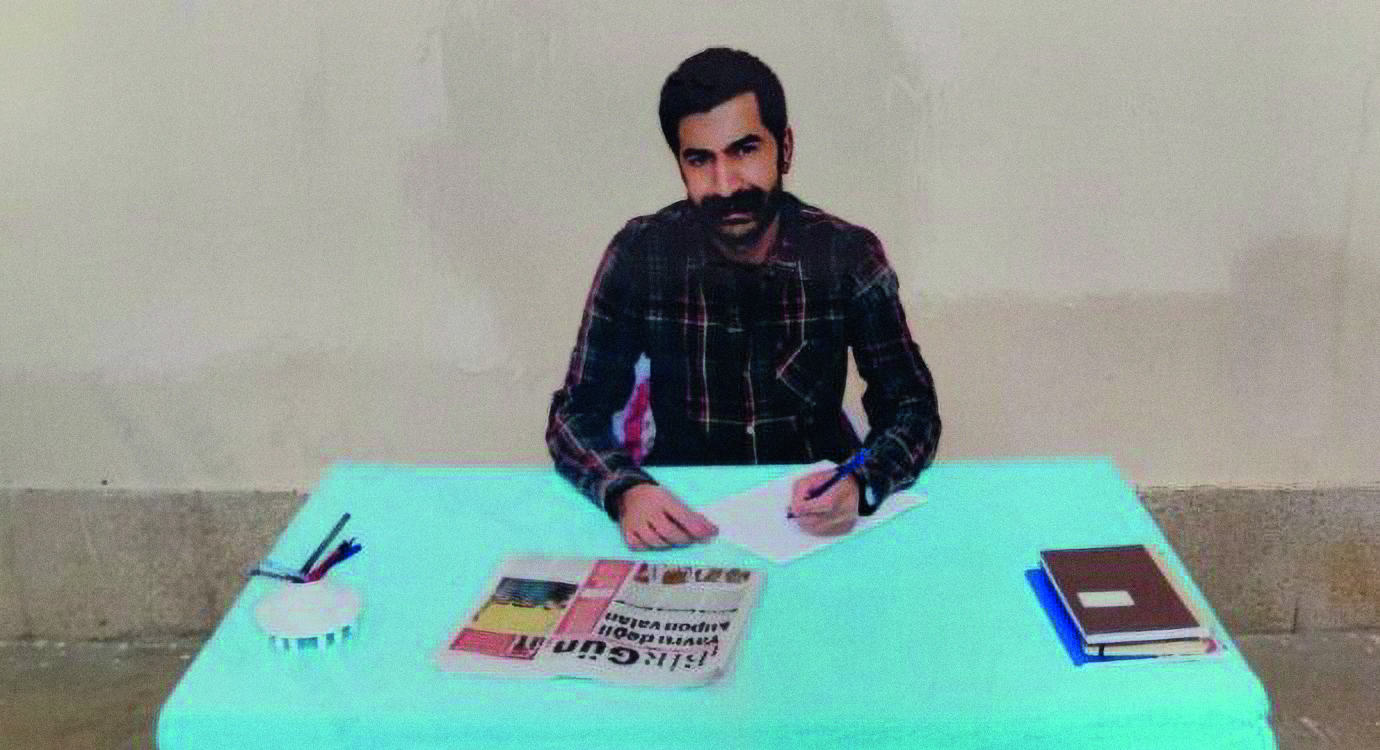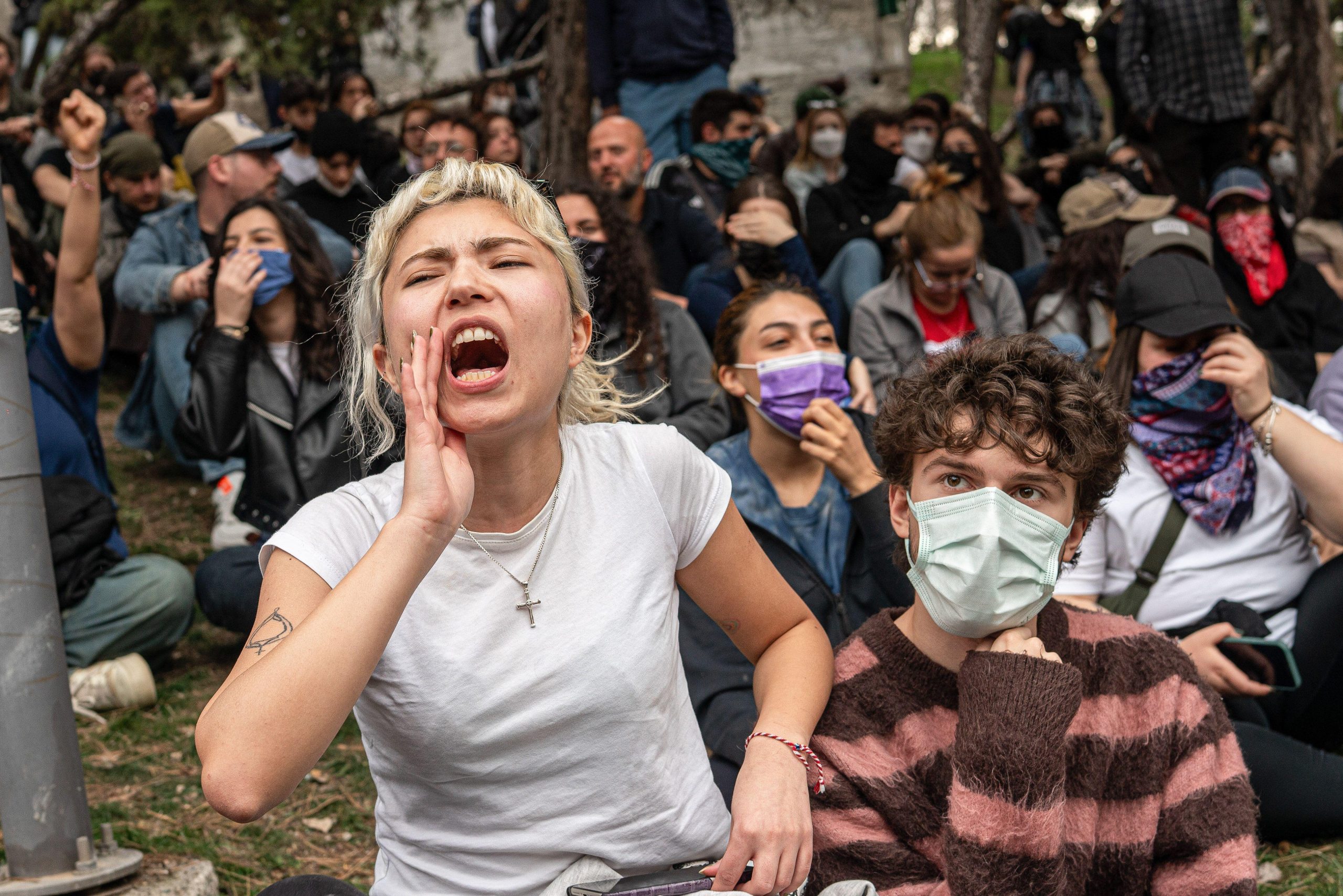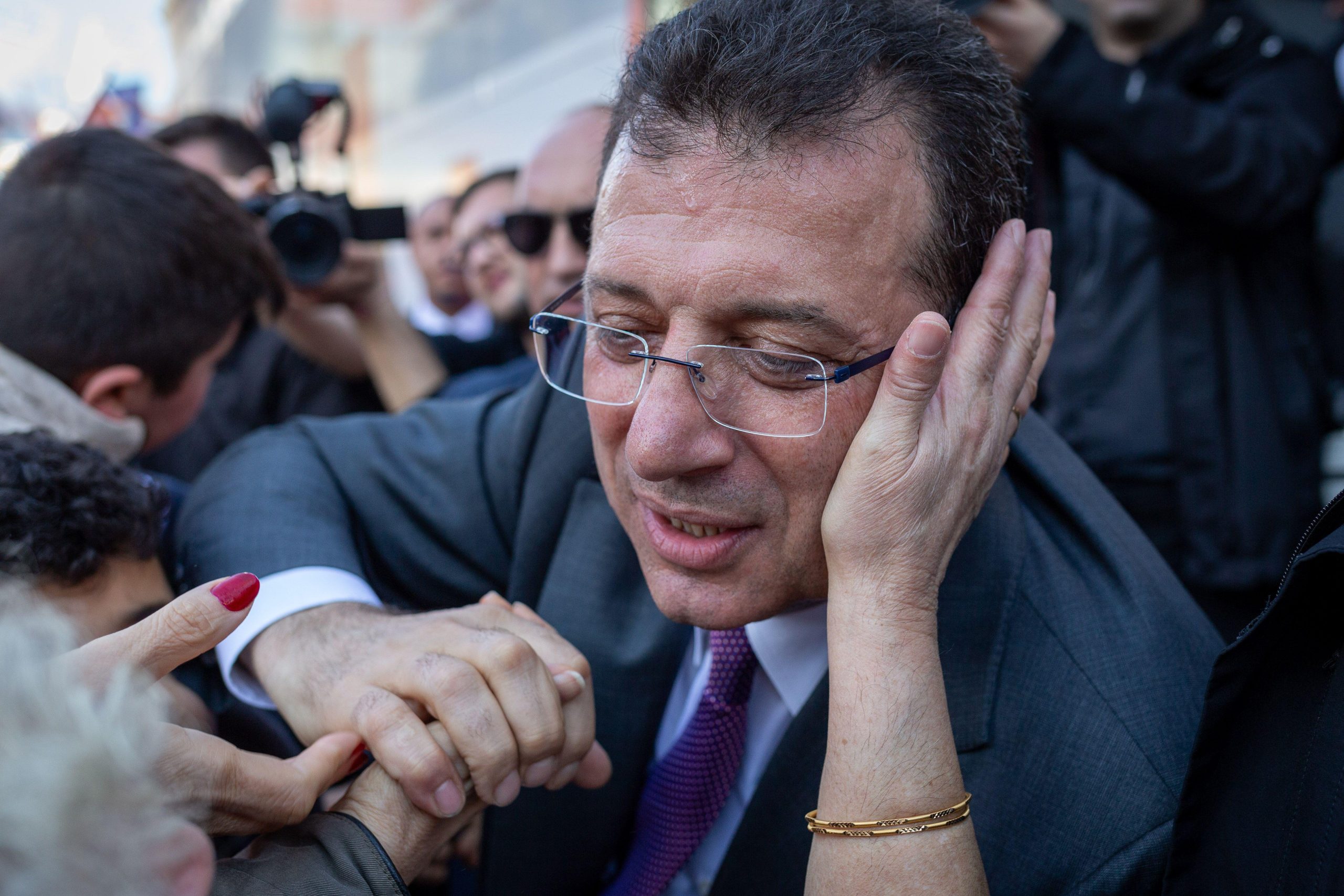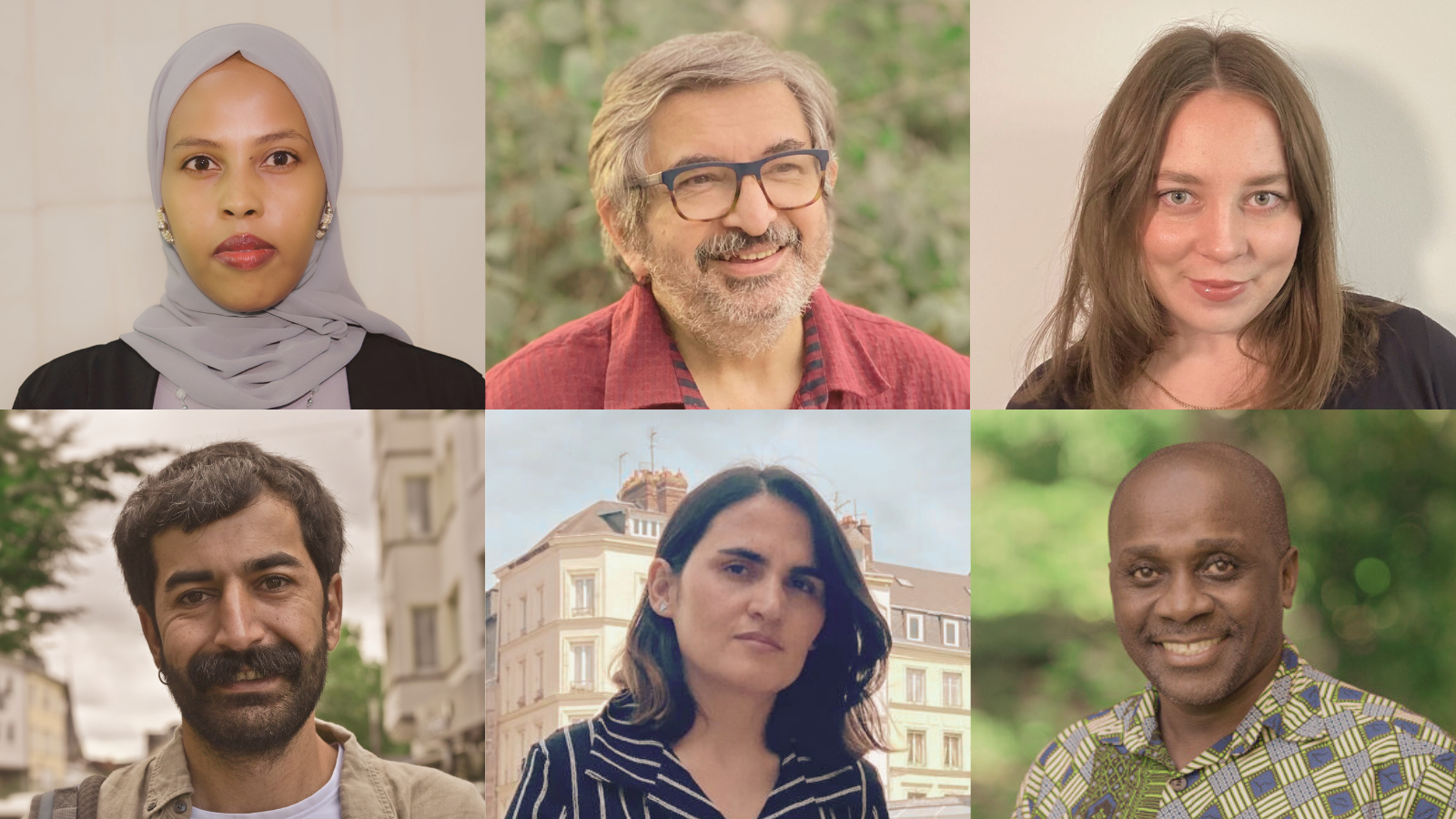
This report was conducted by Siyah Bant with the support of the Friedrich Ebert Foundation.
A companion report: Developments in cultural policy and its effects on freedom of the arts, Ankara
As we have shown in previous publications, artists engaged in the Kurdish rights struggle are differentially affected by limitations to freedom of expression in general and in the arts in particular. This is even more the case in the (predominantly) Kurdish regions of Turkey where freedom of expression and assembly are monitored and affected by Turkey’s anti-terror legislation. In practice this has meant that all cultural (e.g. language) and artistic expression within the Kurdish rights struggle can be construed as illegitimate ‘separatist propaganda’ and hence outside of the protection of freedom of expression and the arts.
This year we wanted to conduct follow-up interviews in order to examine if and what kind of changes artists have experienced with the beginning of the “peace process” and the armistice between the Turkish Armed Forces and the PKK (Partiya Karkerên Kurdistan, Kurdistan Workers Party). Officially announced in early spring 2013 by the government, this process has been all but transparent or linear, yet has raised hopes to bring an end to 30 years of armed conflict. Interviews were conducted with the Department of Culture and Tourism of the Diyarbakir Municipality, the Diyarbakir Municipal Theater, the Dicle Fırat Culture and Arts Center (Dicle Fırat Kültür Sanat Merkezi), independent filmmaker Zeynel Doğan who is also a lecturer at the Aram Tigran City Conservatory, the Kurdish publishing house Lis Yayınevi, members of the Bahar Cultural Center (Bahar Kültür Merkezi) and their lawyers as well as BART – the Batman Culture and Arts Association (Batman Kültür ve Sanat Derneği).
It may come to no surprise that while the reforms announced within the framework of the “democracy package,” especially the legalization of the Kurdish letters Q, W, X and teaching Kurdish in private schools, were highlighted by officials of the Ministry of Culture and Tourism in Ankara as achievements in the area of freedom of expression, the perception in the region is considerably different. As interviewees frequently noted these changes have merely legalized what Kurdish artists, activists and politicians have practiced – often under threats of incarceration and harassment, or worse – over the past decades. While all stated that the “peace process” has engendered hopes in the region and that the end of armed violence has a brought considerable relief, it seems that other practices, such as the constant surveillance of arts and cultural centers by Turkish security forces is still in place. Given that Ankara emphasizes arts and culture as important vehicles of societal peace that ought to be promoted, the question remains why artistic production in the Kurdish region remains under generalized suspicion of being or aiding terrorist activities.
As the director of the Department of Culture and Tourism of the Diyarbakir Municipality, Muharrem Cebe, notes the Ministry of Culture and Tourism still shows little engagement with the city of Diyarbakir. Their activities center mostly on bringing one or two popular artists to town every year. In the area of restoration the Ministry continues to focus on historical sites that fit easily into nationalized (i.e. Turkified) narratives, such as the Ulu Mosque and the İçkale, rather than those that evidence Kurdish presence and history in the region. Since the Peace and Democracy Party (Barış ve Demokrasi Partisi, BDP) has come into office in Diyabakir, the municipality has explicitly pursued multicultural arts and languages policies, printing all its official communications in Kurdish, Armenian, Assyrian, Arabic and Turkish. The municipality has supported the renovation of the Armenian Surp Giragos Church and is in close collaboration with Surp Giragos Foundation. The Diyabakir Municipality is currently overseeing the restoration of the Cemil Pasha Mansion (Qonaxa Cemil Paşa), which will host the future city museum. This museum is intended to decidedly represent not only the city’s Kurdish past but aims to acknowledge other minority communities and their histories as well. The municipality has also granted the local Alevi Cemevi official status as a place of worship and hence logistical support entailing electricity, water and the like. Cebe emphasized that provisions for Kurdish as an elective or as offered in private schools without comprehensive structural support for Kurdish language education does not offer any real-life changes, not least by noting: “What good are these kinds of reforms as long as the Governor’s Office is not answering my letters.” Beyond the issue of language, Cebe’s statement points to the continued tension between centrally appointed governors and locally elected Kurdish representatives. For instance, in Turkey governors have some leeway to suppress arts and culture events at their own discretion, if they believe that the event may disturb the public order, be it in regard to morals, health, customs, or traditions, apart from the already mentioned perceived threats to national security and territorial integrity (similar discretionary powers also rest with the police that can intervene in art events without necessarily having to draw on the legal apparatus.) It is in the field of tension between the two levels of governance that restrictions on the freedom of expression in arts are frequently constituted in the Kurdish region.
One of the few municipal theaters in the Kurdish region, the Diyarbakir Municipal Theater (Diyarbakır Büyükşehir Belediyesi Şehir Tiyatrosu) has started to build up a Kurdish language repertoire from 2003 onwards and now is entirely performing in different Kurdish languages. Artistic director Rüknettin Gün recounts that before 2003 Turkish Security forces would function almost as unofficial “dramaturges” in that they wanted to see all scripts in advance and even attend rehearsals. Since the 2004 municipal elections, but even more so after those in 2009 that went to the BDP, the municipal theater has been free of such supervision and surveillance, at least officially. Unfortunately this is not the case for independent arts organizations. However, whenever the Diyarbakir Municipal Theater tours outside of Diyarbakir for guest performances in Dersim or Iğdır a mere four to five months ago, they remain subject to security checks and surveillance, unless the stage they are using is connected to a BDP municipality. This means that they still have to provide a synopsis of the play and relay ID information of all actors and support personnel in advance to the local authorities to receive a performance permit. Gün noted that by recording of the plays security forces “always make their presence felt.” While Diyarbakir Municipal Theater has not encountered any last minute cancellations during this year’s guest performances, our research showed that refusing previously promised spaces and venues remains a frequent tool in suppressing Kurdish artistic production throughout Turkey. [1]
Gün also clarified that their performance of Hamlet in Kurdish was a co-production with the Amsterdam-based Theater RAST and did not receive any support from the Ministry of Culture and Tourism. The play was performed in Ankara on the invitation of Ankara Arm of TAKSAV (Toplumsal Araştırmalar, Kültür ve Sanat İçin Vakıf, the Foundation for Social Research, Culture and Art) and that then Minister Ertuğrul Günay attended the performance along with other officials out of his own initiative.
The disjuncture between state institutions and local arts organizations was long mirrored by the Diyarbakir State Theater as well. Gün noted that the state theater did not pursue an organic connection with the city. However, its new director Uğur Çınar, who has previously worked in the Municipal Theater, is promising in terms of changing this policy. The Director General of the State Theater, Mustafa Kurt, has announcement that the state theater is thinking about establishing bilingual theater repertoires and that they are considering Diyarbakir for a pilot program. Although the legal reform packages of 2002 and 2004 had already lifted restrictions in language use there has been to date not state theater production in Kurdish. Even the often-cited performance of “Mem û Zîn” by the state theater in Van was actually staged in Turkish. While Gün too stated that hopes were tied to the current political process, he also noted that the latest reforms but legalize what has long been practiced in Diyarbakir and the region overall. This was also confirmed by Lal Laleş of Lis Publishing.
Filmmaker Zeynel Doğan highlighted how beyond direct state interventions, 30 years of armed conflict have produced a psychological toll on the Kurdish population that has also impacted artistic production. Resources to produce films reflecting daily experiences of Kurds remain limited. For instance, it is nearly impossible to visually portray or reenact scenes of military interventions, the destruction of entire villages, or even the customary ID controls in their actual scope as this would involve showing military and police vehicles. This is not an issue for mainstream Turkish productions, both in terms of budget but also with regard to permits and the cooperation of, for instance, the Turkish Armed Forces to provide tanks and similar machinery. The same is true for trying to reenact mass protests. Even filmic representation of these experiences on a small scale tend to draw attention by local security forces and end up in potential interventions.[2]
During the shooting of his 2012 film “Babamin Sesi (My Father’s Voice)” in Elbistan, rumors began to circulate that they were shooting a guerilla film. These rumors led to the Elbistan municipality withdrawing all support it had previously promised, and this although the project was funded by the Ministry of Culture and Tourism. Doğan recounts that they were under constant surveillance by plain cloth officers. While they did not explicit intervene in the shoot, their presence produced constant tension and discomfort on the set.
Members of the Dicle Fırat Culture and Arts Center likewise note that while physical violence has retreated into the background over the past decade, regular surveillance of their center and recording of their performance (i.e. procedures that are nothing short of harassment) continues to be part of their everyday lives. The kind of psychological stress inflicted by these experiences stays, as do some of their still unresolved court cases, mostly for performing songs like “Herne Pêş”[3] and taking part in rallies and Kurdish arts festivals, which have consistently been interpreted as illegal political expressions by the Turkish authorities. The see the recent steps of the government while in part positive as running the danger of merely instrumentalizing Kurdish artistic and cultural production.
Outside of Diyarbakir and other BDP municipalities however, we are confronted with an even more daunting picture. One of the most striking cases of censorship in the region has been that of 13 artists affiliated with Bahar Kültür Merkezi (NavenDa Canda Baharé) in Batman. Prosecuted by the 4. Diyarbakır High Criminal Court the artists’ “offenses” range from participating in the 2006 Batman Kültür Sanat Festivali, local Newroz celebrations, attendance of press conferences and supporting slogans by playing percussions at political rallies and demonstrations. Apart from being charged with ‘separatist propaganda’ or, alternatively, ‘being a member of a terrorist group,’ a number of artists were also convicted of several counts of transgression against law 2911, i.e. the regulations pertaining to freedom of assembly (Toplantı ve Gösteri Yürüyüşü Kanunu) opened against them in the past four years – a part of which is now in from of the appeals court.[4] The cases illustrate that all utterances by Kurdish artists can still be construed as unconstitutional political expressions rather than recognize the expressions as art and hence protected by Articles 27 and 64 of the Turkish Constitution.
Lawyer Mesut Beştaş explained that in accordance with the 3rd and 4th legal reform package a part of these verdicts has been deferred under the condition that the accused artists do not repeat the ‘offences’ with which they have been charged in the coming five years. This means that the 13 artists are de-facto on probation (denetimli serbestlik). According Beştaş the legal parameters of such a probationary decision are rather vague and their enforcement is left to the discretion of the individual judge rather than being based on clearly defined regulations. The decision of the court hence presents a measure of trying to discourage artists active in the Kurdish rights struggle from taking part in events that could be deemed political by the courts, and foreclose any kinds of expression produced on their part.
Beştaş explained that in these cases freedom of the arts was not accepted as a valid argument of the defense, as the courts interpret artistic expression not in its own right but rather as a vehicle “to become one with the masses that are taking part in an illegal demonstration,” or alternatively as a vehicle that motivates protestors in activities deemed unlawful by the courts. The generalized suspicion that artists engaged in the Kurdish rights struggle are faced with also becomes apparent in the raids conducted on the Bahar Cultural Center as parts of the recent KCK operations. If and what kind of changes will emerge from the “peace process” and the recent “democracy package” remains to be seen. Beştaş noted that the court of appeals rarely reviews cases unless there are substantial legal changes. According to his observations in over 90% of the cases the appeals court confirms the original verdict. It is also disconcerting that while the government has presented the steps taken in 2013 as path-breaking, practices of surveillance and prosecution not only remain in place. Abdullah Tarhan, who is a member of the board of directors of the Bahar Cultural Center and a theater artist by training, for instance, has incurred two new court cases this year: One because he took part in the 2013 Newroz celebrations in Van as a presenter and the other because he recited a poem by Cigerxwîn during an event in Batman. As the Bahar Cultural Center is incorporated as a private business the police is not authorized to conduct surveillance on the premises, yet all of their public performances continue to be recorded.
Despite the government’s proclaimed reform efforts, which were supposed to be illustrated by Erdoğan’s visit to Diyarbakir in November 2013 and to which Şivan Perwer and İbrahim Tatlıses were invited to perform not only in Turkish but also in Kurdish, the question remains what will happen to the convictions and pending cases of the many Kurdish artists who have been indicted over the past decade. This unevenness remains as the recent reforms thus far formalize, if only partially, what has been a hard-fought for practice in the Kurdish regions. Yet, some also expressed hope that Kurdish language proficiency was becoming a more sought after and financially rewarded skill, especially as state and private media (such as the Gülen-supported Dünya TV) are producing more and more Kurdish programming and TV serials. Some project that these developments will raise interest in learning Kurdish and extend its institutionalization. This institutionalization is needed, so the respondents, not least to ensure the viability of Kurdish heritage. Yet they are also very aware that relying on commercial value alone presents is a doubled-edged sword and emphasize that what is needed are constitutional provisions for education in mother-tongue and the protection of Kurdish cultural production in the framework of freedom of expression.
[1] See Siyahbant (Istanbul, 2012) and Siyahbant, Sanatta İfade Özgürlüğü, Sansür ve Hukuk >(Istanbul, 2013).
[2] This was the instance the case for directors Kazım Öz and Mizgin Müjde Arslan who along with members of their crew were taken into custody while working on their feature films (see “Batman’da Kürt Sinemacılara Gözaltı”, and “Kayıp Mezar’ı Önce Savcı Gördü”).
[3] A revolutionary Kurdish march based on the poem by Cigerxwîn.
[4] A compilation of available online news items.
This report on the effects of cultural policy and its effects on freedom of the arts was conducted by Siyah Bant with the support of the Friedrich Ebert Foundation. It is reproduced here with permission.
http://www.indexoncensorship.org/2014/02/developments-cultural-policy-effects-freedom-arts-ankara” title=”This article was published on 13 February 2014 at indexoncensorship.org”>This article was posted on February 13, 2014 at indexoncensorship.org





